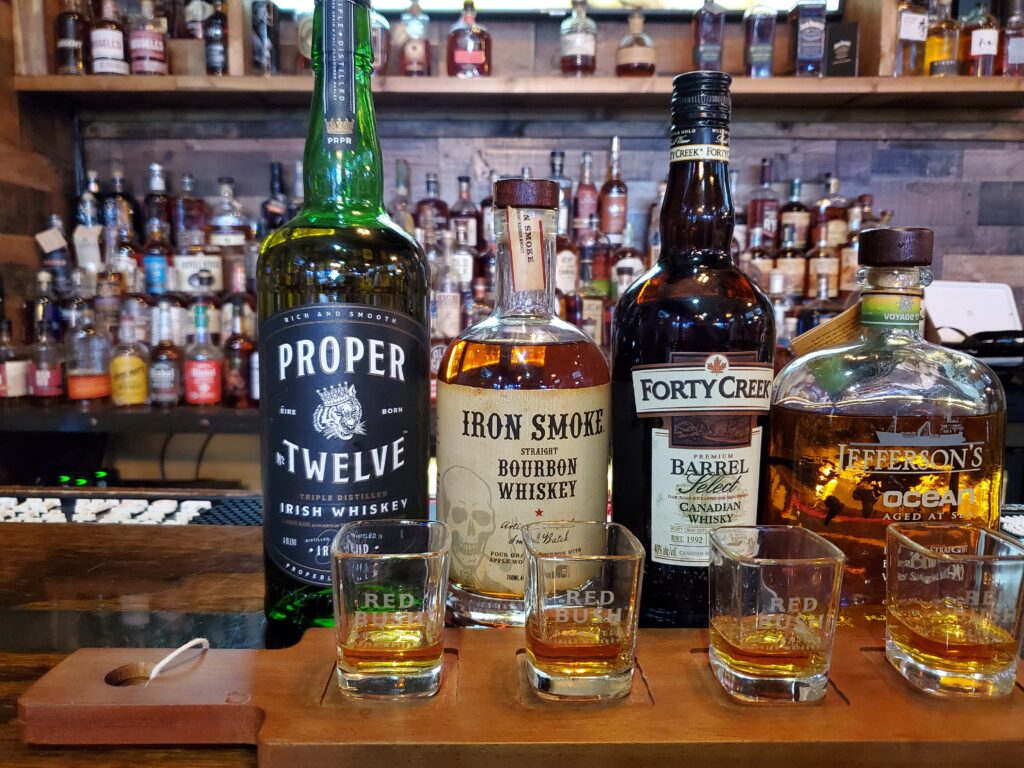The islands of Sanibel and Captiva, located off the coast of southwest Florida, just west of Fort Myers, are paradise islands for shellers. In fact, with 15 miles of pristine beaches and with over 250 kinds of seashells,[1] these islands have the most shells on Earth!
If you’ve already been to any of these islands, you would have most likely discovered that shelling in Sanibel and Captiva is as easy as breathing. That’s how ridiculously abundant the shells are in these islands.
Here are 5 tips for shelling on Sanibel and Captiva Island.
[1] https://sanibel-captiva.org/best-shelling-beach-sanibel-captiva-beaches-2019-edition/
1. Search Near The Waterline
Both Sanibel and Capitva are barrier islands, which means they create a barrier between the mainland and the harsh forces of the ocean. As a result, Sanibel and Captiva are at an advantageous position— the ocean’s current literally delivers the shells to you.
Search near the waterline at low tide, when small sandbars form. Then, in the tidal pool that appears between the sandbar and the shore, go crazy with your shelling.
There are 7 beaches between Sanibel and Captiva,[1] and each one is a stunning sheller haven. But the best beach to collect shells is at Turner Beach, simply because it’s the least crowded beach and you won’t have that much competition.[2]
[1] https://thesancapguide.com/beaches/sanibel-island-beaches/
[2] https://sanibel-captiva.org/best-shelling-beach-sanibel-captiva-beaches-2019-edition/
2. Try All The Beaches
There are good shelling days and there are bad shelling days. But in Turner Beach, bad shelling days are rare. However, it would be wise to expand your shell-hunting to find the most unique shells. Do not restrict yourself to Turner Beach alone.
From Turner Beach, you can head on to Lighthouse Beach. There’s also Bowman’s Beach, Blind Pass, Bowman’s Beach, and Algiers Beach— all great spots to help grow your shell collection.
You may also join guided tours. A true shell-devotee museum, the Bailey-Matthews National Shell Museum, offers daily walks— oftentimes led by a marine scientist. The tour will give you an opportunity to find those perfect shells, while your marine scientist guide talks about the world of seashells and shelling!
3. Choose The Best Time To Shell
Get the most of your shelling experience on Sanibel and Captiva by going there at the right time. Yes, timing is key to getting the best seashells. Here are the best times for shelling:[1]
A Day After A Storm
High winds from a heavy storm will ferry more shells onto the shore. Gigantic waves will also push shells to the shore, resulting in heaps of treasures the following day.
An Hour Before Or After Low Tide
A fresh batch of seashells are brought by each high tide. And when the tide recedes, the shells stay on the shore. Shelling an hour before or after low tide will provide you a visual of some of the best shells on both islands.
Morning Low Tide
If you go shelling in Sanibel in the early morning, you’ll have competitors. But it’s fine, there would be enough shells for everyone, as the early morning low tide is considered an optimum shelling time.
You’ll mostly find bivalves, angel wings, turkey wings and more at this time, especially in Sanibel. Consider this as one of those important Sanibel shelling tips.
If you are staying in any of the island’s vacation rentals or resorts, they would most likely have given you a tide chart upon check-in. Best to consult it.
Full Moon Or New Moon
The moon’s gravitational pull is at its peak during a full moon or new moon. The result? Large tidal ranges, which means more shells the following morning.
Wintertime
During winter, winds from the north or northwest pull up shells and bring them to shore. In the early spring, you might be lucky enough to find piles of sand dollars on the shore, courtesy of winter shell pulls.
[1] https://capturingcaptiva.com/beach-life/captiva-and-sanibel-island-shelling-tips/ & https://www.cleveland.com/travel/2018/01/in_search_of_the_perfect_shell.html
4. Bring The Right Gear
Productive seashell-hunting requires the right shelling gear. A tote bag or a purse, or your hands, or even a plastic bag just won’t do. It is highly recommended that you bring a mesh bag, if not a bucket, to your shelling sessions. A shell scooper would be great, too. They sell these gear on both islands.
5. Sanibel Has More Shells
Is Captiva Island good for shelling? Absolutely! But is shelling better on Sanibel or Captiva? Definitely. Experts will tell you that Sanibel has more shells and draws in the more serious shell collectors.
The geography of Sanibel Island makes it a treasure trove for shells. Shaped like a dolphin, Sanibel Island’s curved shape allows shells to simply crowd near the shoreline.
The waters off the beaches of this island have a gradual slope. This causes millions of shells to wash ashore. As a result, as you stroll along the beaches of Sanibel, you are practically walking on grounded shells and not sand anymore.[1]
Here are some tips to get the most out of your Sanibel shelling!
[1] https://frequentislander.com/differences-between-sanibel-and-captiva-island-beaches/
Best Time To Shell on Sanibel
The best month for shelling on Sanibel island is either December, January, February, March or April.[1]
[1] https://www.travlinmad.com/blog/best-shelling-beach-sanibel-island-florida
Collect Rare Sanibel Shells
Some of the rare shells of Sanibel are the following[1]:
Junonia: Again, this is the holy grail of Sanibel shelling. Beautiful and rare, this spotted gastropod is a carnivorous sea snail.[2] It is cream-colored with brown dots and its size is 1 to 4 inches. It lives on the ocean floor, so it’s such a rarity when a dead Junonia comes up to shore. Only great massive storms can pull up an intact Junonia.
Wentletraps: white shells that look like a spiral staircase!
[1] https://sanibelrealestateguide.com/7-common-rare-shells-sanibel/
[2] https://sanddollarshelling.com/seashells/everything-to-know-about-the-junonia-shell/
Your Fort Myers Travel Advisors

Follow Us:
Let’s Plan Your Getaway!
Best Places in Southwest Florida For Liquor Tasting
Get ready to embark on a boozy adventure as you discover the hidden gems of…
Shelling on Sanibel and Captiva Island
The islands of Sanibel and Captiva, located off the coast of southwest Florida, just west…


